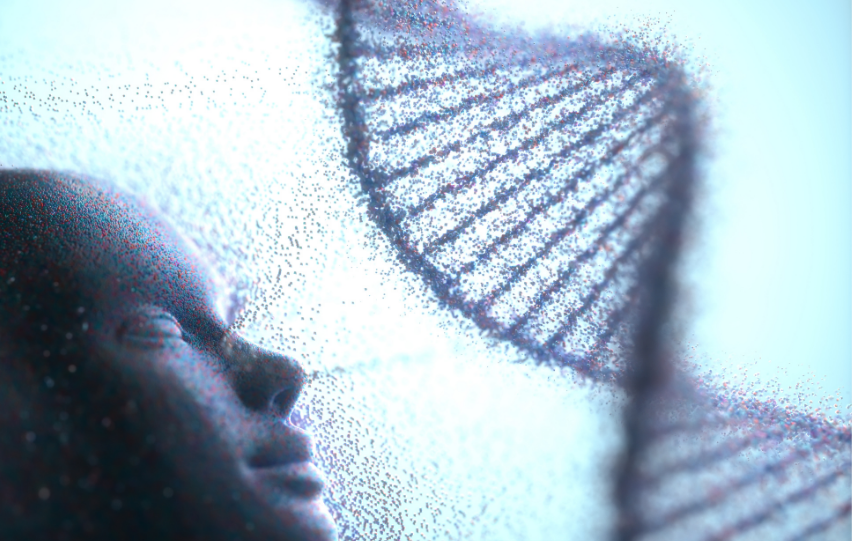A collaborative study at the Stowers Institute or Medical Research created an artificial intelligence (AI) called Base Pair Network (BPnet) that can help interpret the instructions embedded in the human DNA, reported EurekAlert.
The team of researchers from the Institute, Stanford University, and the Technical University of Munich found that neural networks can read and regulatory instructions encoded in the DNA. Such decoding can lead to the projection of results.
Artificial neural networks, simply called neural networks are interconnected computer systems loosely inspired by biological neural networks, specifically their brains and overall nervous systems.

These AI models are designed to learn from various data types including speech signals, images, and texts. These are typically used to predict possible properties with accuracy. One difficulty with their results is extracting the data is a challenge.
The study, published in Nature Genetics, explains that neural networks can be used to find subtle DNA sequences and patterns in the genome to further understand the organization of sequences used to regulate genes.
BPNet uses a more explainable system to find out the genome’s regulatory code. Such codes are considered instructions for building proteins, specifically how, when, and where. The combinations and arrangements of these patterns are complex and difficult to decipher.
The system, developed by biologists and computational researchers, experiments with transcription factors in the DNA to predict and interpret the regulatory code.
Researcher lead Julia Zeitlinger explained that the success was “extremely satisfying” because “the results fit beautifully with existing experimental results, and also revealed novel insights that surprised us.”
The importance of this AI rests in the fact that the genome’s second code – the regulatory code – was previously an unsolved issue. However, it is in charge of a transcription called Nanog, which cooperates with DNA in certain circumstances.
“There has been a long trail of experimental evidence that such motif periodicity sometimes exists in the regulatory code. However, the exact circumstances were elusive, and Nanog had not been a suspect,” Zeitlinger explained.
Scientific Computing said that this is a bottom-up approach that resembles how facial recognition works. However, facial recognition AI learns from pixels, while BPNet learns from sequences and higher-order rules.
With the help of neural networks, researchers can find more complex patterns without previous knowledge, which can allow more discoveries regarding the genome.
The flexible model can be applied in different data types and cell types, which can increase the understanding of different models and their regulatory codes.
















